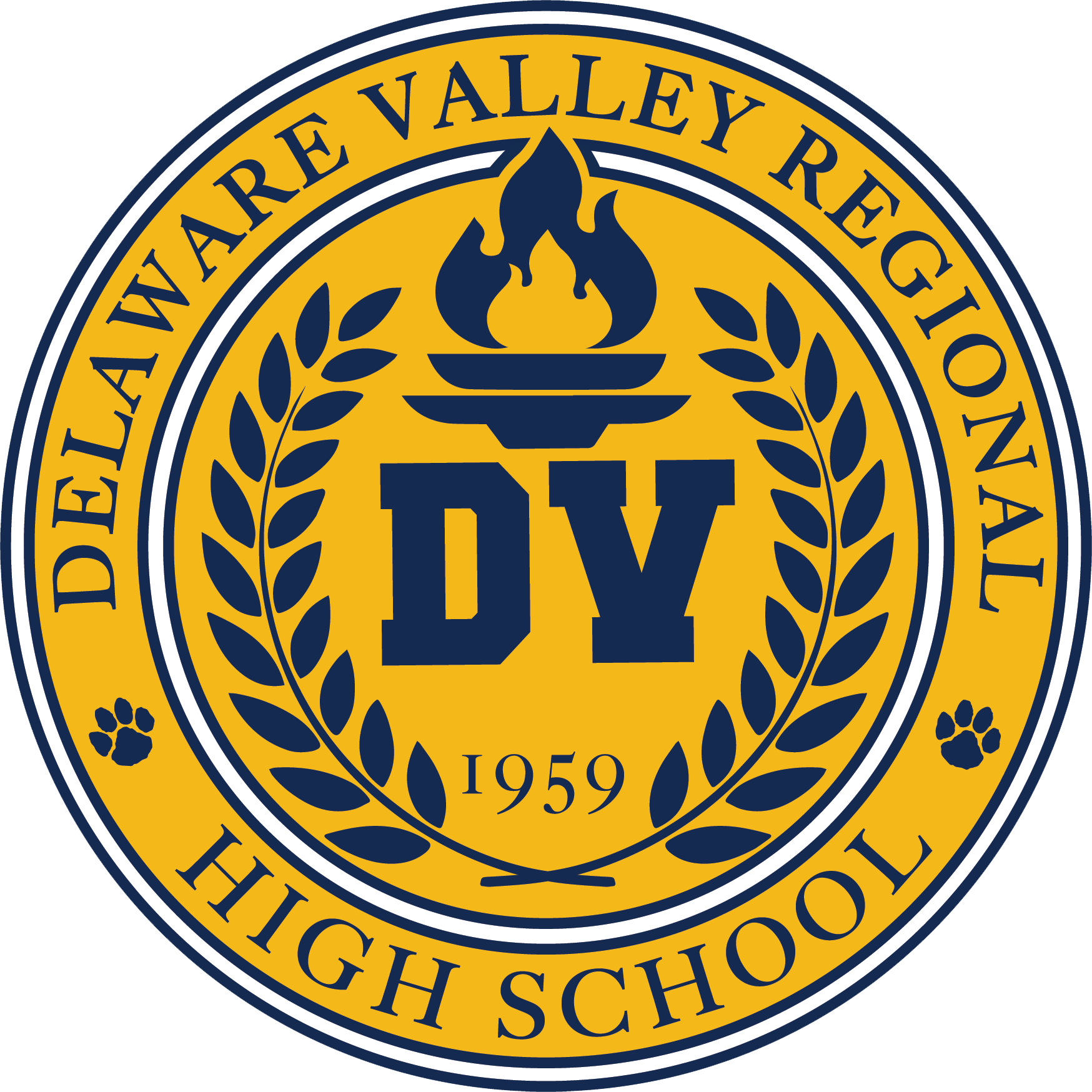Skip to content
Show submenu for About
About
Administration
Board of Education
School Facilities
Show submenu for Students & Parents
Students & Parents
iPads and Technology
Lunch Prepay
The Commons
Show submenu for Academics
Academics
Concurrent Enrollment
8th Grade Orientation Information
Special Education/Child Study Team
Show submenu for Wellness/Safety/HIB
Wellness/Safety/HIB
Health Office
Show submenu for Athletics, Clubs, Fine & Performing Arts
Athletics, Clubs, Fine & Performing Arts
Athletics
Clubs
Fine and Performing Arts
Del Val Performing Arts Boosters
Show submenu for Staff
Show submenu for Community & Alumni
Show submenu for
